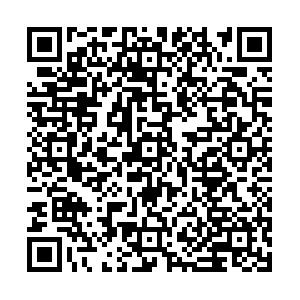三角缘神兽镜再检讨:从金石学、以物证史到历史考古学
作者简介:徐坚,上海大学文化遗产与信息管理学院教授(上海200444)
摘要: 三角缘神兽镜是独见于日本古坟时代的大型铜镜,因外缘截面呈三角形,主体装饰包括神像和兽形而得名。长期以来,日本学术界认为三角缘神兽镜就是《倭人传》所载曹魏馈赠给邪马台女王卑弥呼的铜镜。中国考古学家王仲殊基于田野考古发现提出,三角缘神兽镜并非魏镜,而是由渡海抵达畿内的吴国工匠制作的。但是无论是“魏镜说”还是“吴镜说”,都有无法弥合的逻辑裂缝,造成这种现象的深层因素则是对历史考古学的作业逻辑的误解。即使与历史文献学密切相关,历史考古学也无法印证历史事件,更不应以此为学科目标,而只能从考古学材料本身属性出发,建构独特的群体史和趋势史。只有在各自独立完成整体性历史面貌的复原后,历史考古学和文献历史学才有可能开展对话。在此方法论基础之上,非魏非吴的三角缘神兽镜显示出在制造知识上与辽东地区更紧密的关联。
Rethinking Triangle-rimed Animal-motif Mirrors: From Antiquarianism, Material History to Historical Archaeology
- Available Online:
2022-03-20
Abstract: Triangle-rimed animal-motif mirrors, solely found in Japan, are named after their physical characteristics of rim’s triangle shape in profile and images of gods and beasts as major motifs. Traditionally, it has been widely accepted by Japanese scholars that triangle-rimed animal-motif mirrors are among gifts sent by the Emperor Ming of Wei kingdom to the Queen Himiko during the Three Kingdoms period, as recorded in History of Wu. Based on archaeological findings, Wang Zhongshu pointed out that these mirrors are not of Wei stylistically. Instead, a hypothesis of produced by Wu mirror masters in Japan was proposed. However, either the hypothesis of Wei or that of Wu is not convincing, by distinguished flaws in understanding essence and methods of historical archaeology. Although closely related, it is not the liability of historical archaeology to provide concrete evidence to support the parallel textual history. Historical archaeology should aim to construct an unique history based on its own materials. Comparison and dialogue between textual history and historical archaeology occurs only at the general and middle-range level. Taking the perspective of historical archaeology, it reveals that triangle-rimed animal-motif mirrors had closely intellectual connections with Liaodong, reigned by Gongsun family for half a century and maintaining complicative relations with both Wei and Wu.

 点击查看大图
点击查看大图


 下载:
下载:
 沪公网安备 31010102003103号
沪公网安备 31010102003103号